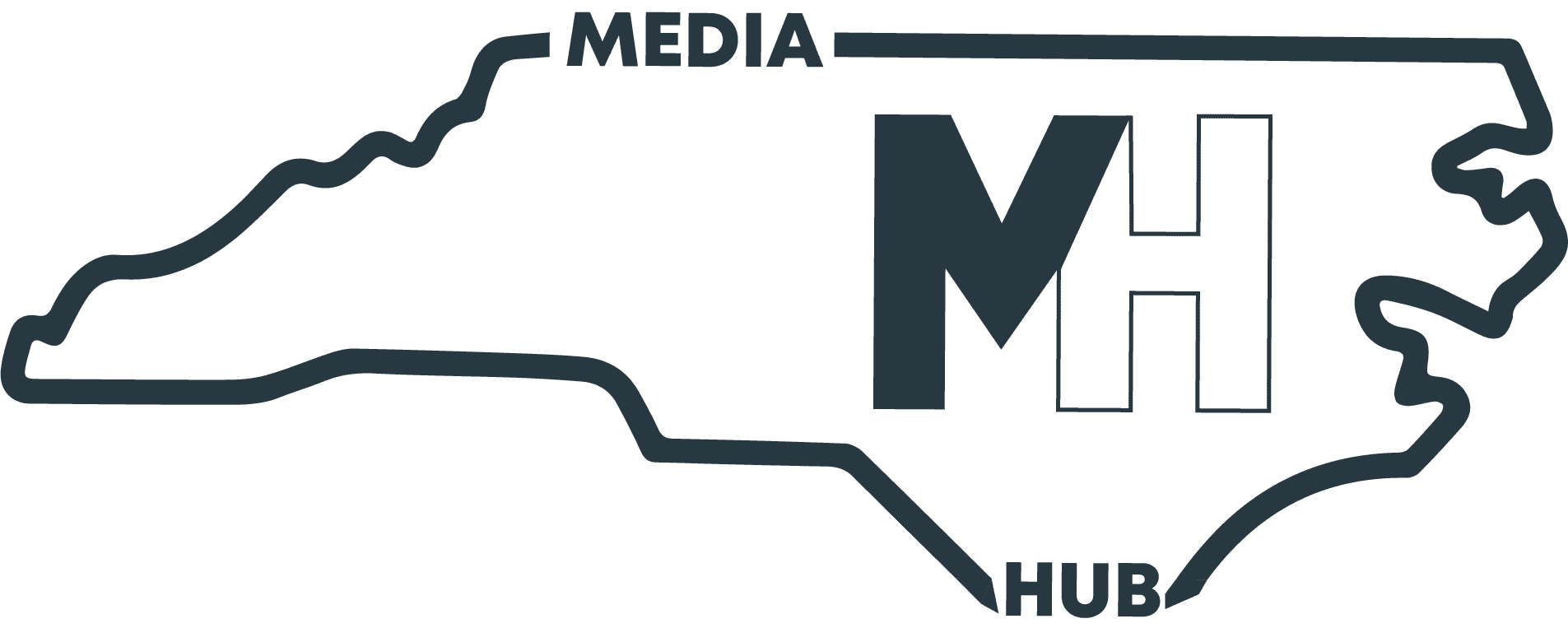Story by Jessica Snouwaert
Photos by Will Melfi
HUQOQ, Israel – The archaeological dig site of a fifth century synagogue hums with beehive-like energy as workers sling pickaxes, haul away dirt, and brush off rocks.
“Mark the spot!” Jocelyn Burney calls out over the hustle and bustle.
Two students crouch in the dirt square below, squinting at a greenish-blue lump, which turns out to be an ancient coin, one of the first discoveries Burney will oversee for the day.
Burney, a 27-year-old Ph.D. student at UNC-Chapel Hill, is an area supervisor on a dig led by archaeologist Jodi Magness.
Since the first season of excavations at Huqoq in 2011, Burney has worked alongside Magness on the archaeological site that continues to uncover 1,600-year-old mosaic depictions of biblical stories unlike any seen before.
Burney joined the dig at Huqoq after her first year as an archaeology major at UNC-Chapel Hill. But her interests in archaeology began well before her undergraduate days.

As a child growing up in Morristown, N.J., Burney played in the backyard with her brother, hoping to find a musket from the revolutionary war.
“I think my interest definitely did start from growing up in a very historical place,” Burney said.
Archaeology brought together Burney’s love for history, science and the outdoors.
Now Burney is a veteran on the dig, spending her ninth summer on-site as an area supervisor managing 17 students. She oversees their daily tasks, documents their finds and plans the logistics for the area.
But Burney was not always an area supervisor. In fact, she started out like the students she now oversees – a member of the field school.
The site which now has more than 70 people, did not have so much as a dirt road leading to it nine years ago.
When Burney first arrived with Magness and her team, they set out to find an ancient synagogue. They were met instead by a hillside of jumbled piles of rubble and trash from the remains of a modern village.
“We had to carry everything, all of the equipment,” Burney said, “Just back and forth, back and forth, carrying everything from the food for breakfast, the water, all of the equipment like the hoes, the picks, just stacks and stacks. I think it was two days of carrying.”
When the team could finally begin digging, they spent the first weeks sifting through the wasteland of garbage.
“I was finding Coke bottles,” Burney said.
Burney was working in the garbage heaps one day in the early weeks of that first year, when cries erupted on the other side of the hill. Burney dropped everything and ran.

As she reached the other side of the hill she saw a huge stone being unearthed.
“It was like validation,” Burney said, “We went through this whole process. We cleared these weeds. We carried. We shlepped all this stuff. And finally, actually, there is a synagogue here.”
Magness and her team did not set out digging to find hidden treasure, or even an ancient synagogue. They set out to answer a question about humans and our history and the stone was the first piece to the answer.
That year Burney and the rest of the team continued to excavate sections of the ancient synagogue and village.
Burney returned home after the first season, greeted by anxious parents at the airport.
“I’m going back,” Burney said to them. And she did, every year since.
During the second season on site, Burney was helping excavate parts of the ancient village when she heard, “Come on, come on, we found something!”
Burney and the others entrenched in the dirt square with her raced to the edge of another hole across the dig site. Their footsteps stopped abruptly at the edge of the hole as they gazed into the ground below.
The air was silent except for the soft sound of dirt being brushed off mosaic tiles. A fragment of an ancient language peeked through the dirt.
One question filled Burney’s mind. What did the mosaic say? What began as a heap of rubble was now becoming an elaborate puzzle Burney never expected to find.
In the years to follow, Burney gained responsibility on the dig moving up from student to staff roles, from leading a single square on the dig site, to an entire region of the excavation.

Andrej Zeman, who documents the finds on the dig, has worked alongside Burney in the southern area of the synagogue for three seasons.
“I think it’s clearly seen how she’s in improving over the seasons,” Zeman says “She has become much more confident.”
And her confidence shows. Shua Kisilevitz, the assistant director at Huqoq, watched Burney grow up through her years on the site and sees potential in Burney.
“She thinks like a director of an excavation and not a supervisor of an area,” Kisilevitz said. “And that’s a big thing, which is why I think she has a very bright future ahead.”
One day, Burney hopes to run an excavation and field school of her own, just like Huqoq.
